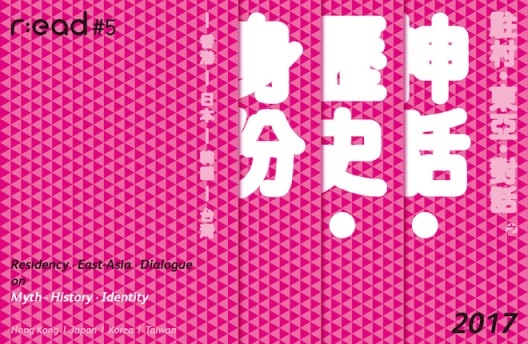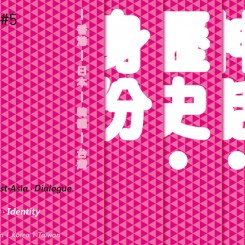First started in 2012 by Japanese director, Ms. Chiaki Soma, r:ead has evolved to be a yearly project taking place in different East Asian cities led by different directors. For example, r:ead #1(2012) and r:ead #2(2013) took place in Tokyo, r:ead #3(2014) in Tainan and r:ead #4(2015) was in Seoul. Hosted by different cities in turn, “r:ead” facilitates exchanges amongst artists from the area of East Asia, where Chinese, Korean and Japanese are spoken. “The region of East Asia has been forming a common cultural area for several thousand years, a process which has been continued in recent years with the increasing exchange of information, people and goods… By limiting the target area to the region of East Asia, individuals living in this area will be able to deal with each other in depth, sharing their commonality as well as local differences, seeking a mutual reality that they can express artistically and share in their work.”
Inspired by both the dialogue-based format and critical content from their previous experience in r:ead #4, C&G Artpartment proudly takes turn to host r:ead #5, with the theme on “Myth ‧History‧Identity” for exploration in June 2017. All cultures have their own mythical stories from the ancient time, and these stories, to a certain extent, reflect how their ancestors understood and encountered with the world and nature in the past. The study of historical myths helps reveal the development of a culture and its cultural identity. Indeed, mythical stories can also be considered as the combination of history writing and poem writing, with an enormous amount of creative visuals. Mythical thoughts often consist of strong creativity for imagination and the ability to traverse areas full of unknowable. Besides interpreting “myths” as ancient stories about gods and/or heroes, participants are also encouraged to come up other possible interpretations, for example, to look at contemporary “myths” in our societies and to create new “myths” for alternative imaginations about the current systems.
The current exchange project will make use of related materials to trigger artistic dialogues and inspire creative ideas. Besides bringing participating art practitioners to different historical sites in Hong Kong, the project also involves public talks, sharing sessions and a Documentation & Response Exhibition in order to engage the public in this creative journey about myths. All programs are free for public.
To find out more information about the previous r:ead programs, please visit: http://r-ead.asia.

